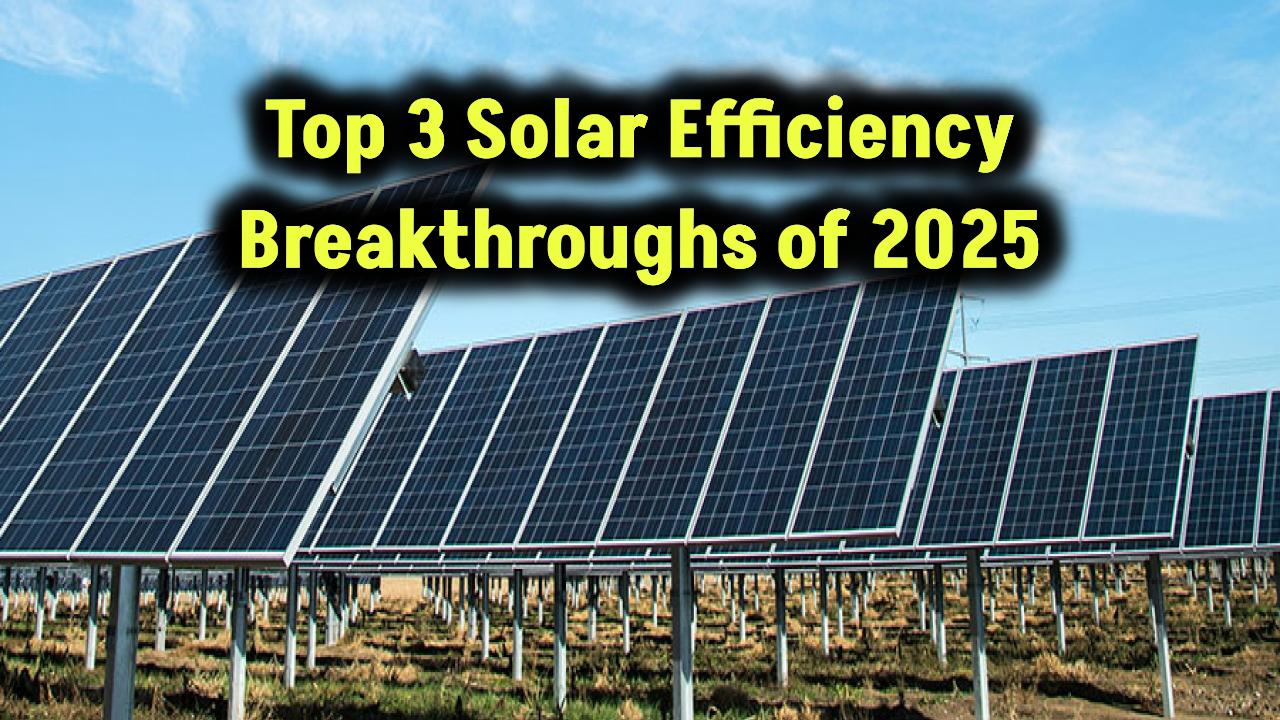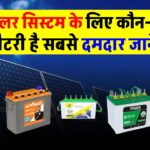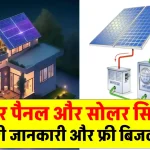
In the ever-evolving world of renewable energy, Tesla Energy has emerged as a bold disruptor. But the big question on everyone’s mind is this: Is Tesla Energy a threat to traditional solar companies? Whether you’re an industry veteran or someone just dipping your toes into solar, this is a story worth paying attention to.
With its sleek solar panels, game-changing Solar Roof, and powerful Powerwall batteries, Tesla isn’t just selling products—it’s building an ecosystem. And for legacy solar players, that could spell either competition or extinction, depending on how they adapt.
What Makes Tesla Energy Different?
Tesla doesn’t play by the usual rulebook. Most traditional solar companies focus on just one piece of the energy puzzle—either manufacturing, installing, or financing solar panels. Tesla Energy, however, offers a fully integrated energy solution. That means customers get:
- Solar generation through Tesla Panels or Solar Roofs.
- Storage via Powerwall (home) or Megapack (utility-scale).
- Smart distribution with software like Autobidder, which lets stored energy be sold back to the grid in real-time.
It’s this vertical integration that makes Tesla a serious threat. They control every step—from production to installation to monitoring.
Tesla’s Game-Changing Products
Let’s break down the star products in Tesla’s energy arsenal:
Tesla Solar Roof
Unlike clunky panels slapped onto your roof, the Solar Roof replaces your existing shingles with sleek, durable, and power-generating tiles. It’s both aesthetic and functional—an angle traditional companies struggle to match.
Powerwall
The Tesla Powerwall lets homeowners store solar energy for nighttime use or during outages. It provides energy independence in areas prone to blackouts or grid instability.
Megapack
Tesla’s Megapack battery system is for large-scale utilities. These installations help balance the grid, especially when solar and wind generation fluctuate.
Autobidder
A real-time trading platform powered by AI, Autobidder allows Tesla customers to automatically sell excess energy at the best price. Traditional solar systems? They’re typically just one-way streets—generate and use.
Why Traditional Solar Companies Should Worry
Traditional solar companies face pressure on three fronts:
1. Price Competition
Tesla’s integration allows them to reduce costs. For instance, they’ve simplified installation by having fewer moving parts and standardized systems. In many regions, Tesla offers solar setups with zero upfront cost.
2. Brand Power
Tesla is a household name. People trust it not just for cars, but now increasingly for energy. This brand equity makes it harder for lesser-known installers or panel manufacturers to compete.
3. Customer Retention
Once you’re in Tesla’s ecosystem (e.g., buy a Powerwall), it makes sense to go all-in with their solar panels, EV charger, and app. That loyalty loop is tough to break for competitors who offer only one component of the full system.
A Real Threat or Just Hype?
To answer this fairly, let’s look at real data:
- Tesla Energy deployed 31.4 GWh of battery storage in 2024, more than double 2023’s numbers (source: Tesla Earnings Report).
- Energy generation and storage revenue was $10.1 billion, a 67% YoY increase, even while auto revenue remained flat.
- However, solar installations fell 36% in 2023—a sign Tesla hasn’t fully optimized that vertical yet.
So, yes, the growth is real, but it’s not perfect. The dip in solar installs shows Tesla still has hurdles—like logistics, customer support, and installation timelines.
What Can Traditional Solar Companies Do?
Here’s what competitors can do to stay relevant:
1. Differentiate with Customer Service
Tesla’s biggest weakness? Support. Many users complain about long delays and lack of human customer care. Smaller companies can win by providing personalized, responsive service.
2. Offer Local Customization
Tesla’s one-size-fits-all approach doesn’t always suit every home. Local companies can offer tailored solutions for unique rooftops, older buildings, or regional weather needs.
3. Partnerships Over Competition
Rather than compete, some solar firms are choosing to partner with Tesla—installing Powerwalls or even bundling Tesla products in their offerings.
Who Wins in the End?
At the end of the day, the real winner is the consumer.
Tesla has pushed the industry to innovate faster. It’s forced older players to upgrade technology, improve pricing models, and become more customer-focused. Whether Tesla dominates or not, the market is undeniably better for it.
Is the Solar Bubble Bursting or a Buy-the-Dip Opportunity?
Should You Buy First Solar or Enphase Energy? Side-by-Side Comparison
How Green Energy Policies in Europe Are Fueling Solar Stock Growth
(FAQs)
Q1. Is Tesla Energy cheaper than other solar companies?
Not always. Tesla offers competitive rates, but costs vary based on roof size, location, and type of installation. Always get multiple quotes before choosing.
Q2. Can I use Tesla Powerwall with another brand’s solar panels?
Yes. Powerwall works with most solar systems, although integration might not be as seamless.
Q3. Does Tesla offer financing?
Yes. Tesla offers solar subscriptions, loans, and cash purchases with zero upfront cost in some states.
Q4. What’s a Virtual Power Plant (VPP)?
Tesla connects homes with Powerwalls into a shared grid. Together, they act like a mini power plant that can send electricity back to the main grid, helping stabilize supply and earning homeowners credits.
Q5. Are traditional solar companies going out of business?
No, but they are being challenged. Many are adapting by offering more services or partnering with Tesla or other battery storage providers.








